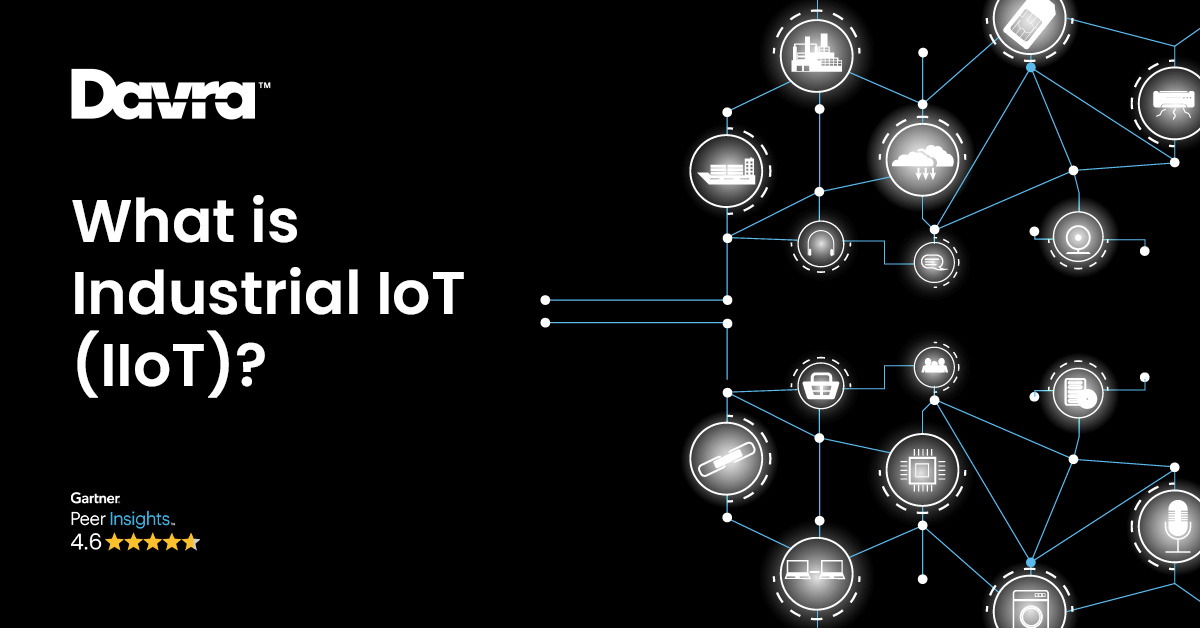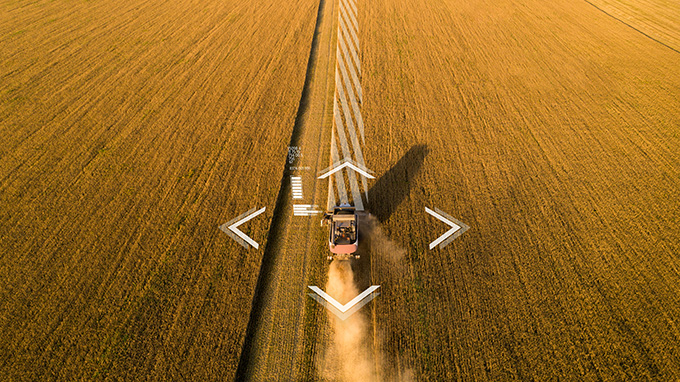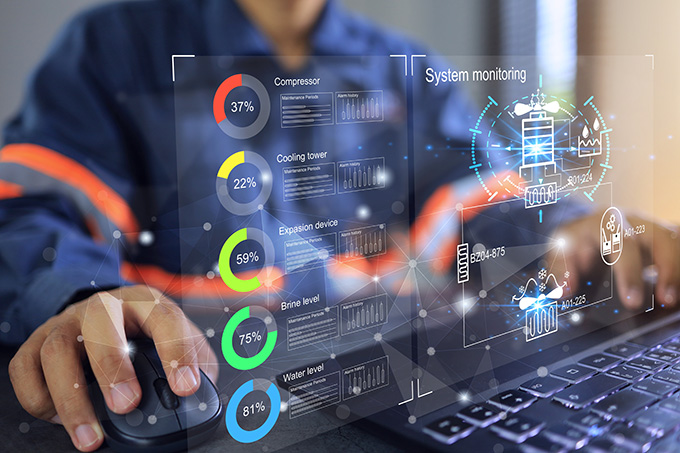
The Industrial Tnternet of Things (IIoT) is a network of connected smart devices and sensors used to collect, monitor, and analyze data about industrial operations such as equipment or other physical assets. IIoT is an extension of the Internet of Things (IoT) concept for the industrial sector, and core principle of Industry 4.0.
Industrial IoT focuses on applying IoT technologies and principles to industrial assets and processes in industries such as manufacturing, transportation, utilities, agriculture, mining, and natural resources.
This connectivity and data exchange allows organizations to gain valuable insights about their equipment, processes, and operations. IoT data enables companies to make informed decisions to optimise their processes, improve their products, reduce waste, improve sustainability efforts, or establish new business models.
IoT Sensors, Devices, and Gateways
Sensors and other devices on industrial equipment connect wirelessly to each other and to central systems to collect, exchange, and analyse data.
There are countless types of IoT sensors. Some examples include temperature, pressure, acoustic sensors, pH monitors, air quality monitors, GPS trackers, cameras, drones - the list goes on.
IoT "gateways" act as bridges between sensors and the rest of the network. Sensors are often small, battery operated devices that need to last in the field for several years at a time. As such they need to operate on very low power.
It's therefore efficient to first send data to a gateway over low-powered network. Data can be processed locally at the gateways, or sent to the cloud. Data that is processed locally before being sent to the cloud for viewing and storage is called Edge Computing.
LPWAN technology allows sensors, devices, and gateways to connect from distances of several kilometers.
Industrial IoT Examples
Example #1: Monitoring metrics from hundreds of sensors on a dump truck on a remote mine to analyse usage, optimise for the most efficient route, and predict when maintenance is due.
Example #2: Predicting potentially catastrophic failures at Tailings Storage Facilities (TSF) by monitoring and analysing ground sensors and Earth Observation (satellite) data.
Example #3: Real-time location tracking for a fleet of light rail trolleys and passing to each station so passengers always know when their next train will arrive.
How does IIoT work?
Sensors and data collection devices gather information from machinery, equipment, and processes (the “things”), such as temperature, pressure, humidity, vibration, and more.
Edge devices and gateways collect the data from the things and send it directly to a cloud or data centre - aka the “head end”. They can also eliminate the need to send data across the network for processing by performing analytics directly at the edge.
Industrial IoT often requires communication between devices and machines in very remote locations. To achieve this, IIoT systems use various networks to connect devices and transmit data, including Wi-Fi, cellular networks, low-power wide area networks (LPWAN), and satellite networks.
The data collected from different devices are processed and analysed to extract meaningful insights. This can involve techniques like machine learning and artificial intelligence to identify patterns and trends and create automated alerts when anomalies are detected.
Join our Mailing List
Join thousands of professionals and get IoT tips to help you transform your business.
Industrial IoT applications

Industrial IoT has a wide range of applications and use cases within industrial sectors, as it brings together the power of data, connectivity, automation, and analytics to enhance operations and drive benefits for organisations.
Predictive Maintenance: By analysing data from equipment, IIoT systems can predict when machinery will likely fail (opens new window) or require maintenance. This approach helps prevent unplanned downtime and reduce maintenance costs.
Condition Monitoring: Condition monitoring (opens new window) is the continuous tracking of machinery and equipment health to detect faults early, prevent costly breakdowns and optimise maintenance schedules. Monitoring and controlling assets throughout their lifecycle, ensuring efficient utilisation, maintenance, and compliance with regulations.
Connected Industrial Assets: Connect machines, devices, and other assets in industrial environments to enhance operations, data sharing, and real-time monitoring.
Remote Monitoring and Control: IIoT allows for remote monitoring and control of industrial processes.
Asset tracking: Monitoring and managing the location, status, and utilisation of physical assets in real time. Asset tracking enhances efficiency, reduces losses, and provides insights for optimal resource allocation and maintenance in transport, logistics, and manufacturing industries.
Safety & Risk Management: Identifying, assessing, and mitigating potential risks to business processes, assets, and operations for improved safety and stability. IIoT can contribute to workplace safety by monitoring conditions and providing alerts in hazardous environments. It can also help with regulatory compliance (opens new window) by tracking and documenting processes.
Sustainability: Using data to reduce environmental impact and promote long-term viability. Examples include process optimisation to reduce waste and using Earth Observation to detect and prevent industrial disasters.
Supply Chain Optimization: IIoT can track the movement of goods and materials throughout the supply chain, enhancing logistics and inventory management.
Aftermarket Services: Organisations are increasingly leveraging these use cases to provide value-added aftermarket services (opens new window) to their customers. By connecting industrial assets and equipment in the field, manufacturers can help prevent costly breakdowns, saving their customers time and money.
What is an IIoT Platform?

An Industrial Internet of Things (IIoT) platform (opens new window) is a comprehensive software framework that facilitates the development, deployment, management, and operation of IoT applications and devices within an industrial environment.
It serves as a central hub for collecting, processing, analyzing, and visualizing data from sensors, devices, gateways in an industrial setting. Also known as an Application Enablement Platform (AEP), an IIoT platform also provides organisations with the tools to build custom IoT applications without needing to be experts in IoT.
An IIoT platform is made up of eight essential components, or pillars (opens new window). They are device management (opens new window), data management, integrations, application enablement, digital twins, analytics, security and compliance, and edge computing. Each pillar is essential to creating successful, scalable, and secure IoT applications.
The primary goal of an IIoT platform is to lower the barrier to IoT, and allow organizations to focus solely on the applications that will grow their business.








